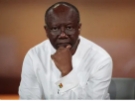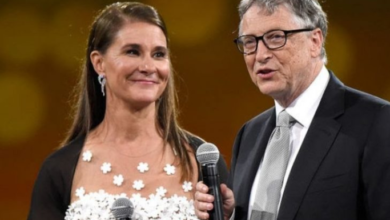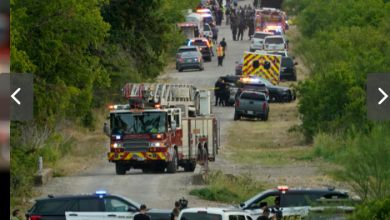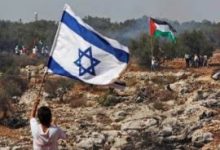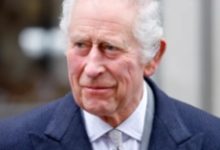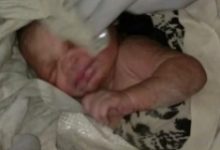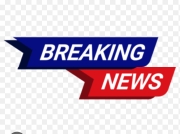
Outcome of peace deal signed by Rwanda, Congo
CITIZENS COMPASS—In the heart of Africa, in the mineral-rich eastern Democratic Republic of Congo, new recruits are being trained for battle.
The scores of militia groups that have fought for three decades in one of the most protracted and complex conflicts in the world are still engaging in deadly fighting, and US President Donald Trump’s claimed peace deal for the nation feels like a distant dream.
The deal, portrayed as a “wonderful treaty” by Trump, was signed by the foreign ministers of Rwanda and DR Congo in Washington on June 27.
However, it has yet to end the wider bloodshed that began after the 1994 Rwandan genocide and is estimated to have killed 6 million people.
“Our aim is to go to Kinshasa,” says Corneille Nangaa, a former election-chief-turned-rebel-leader, in an interview with CNN’s Larry Madowo inside the rebel-held city of Goma.
Nangaa’s rebel coalition Alliance Fleuve Congo (AFC), of which M23 is a key member, plans to go to Kinshasa, the country’s capital, to overthrow his one-time ally President Felix Tshisekedi, whom he considers illegitimate.
“We need to liberate our country. We need to take away this corrupted regime, and then we need to build the state,” said Nangaa, who heads AFC-M23’s political wing.
M23, which is allegedly backed by Rwanda, took control of eastern DR Congo’s two largest cities – Goma and Bukavu – in a lightning offensive at the start of this year. According to DR Congo’s government, some 7,000 people have died in fighting in the eastern Congo since January.
Crucially, neither the AFC nor M23 is a party to the US-brokered peace process.
However, Trump is heralding the US-brokered peace agreement as one of the several conflicts his administration has “settled.” He is expected to host the two country’s presidents soon for a ceremonial signing of the deal.


